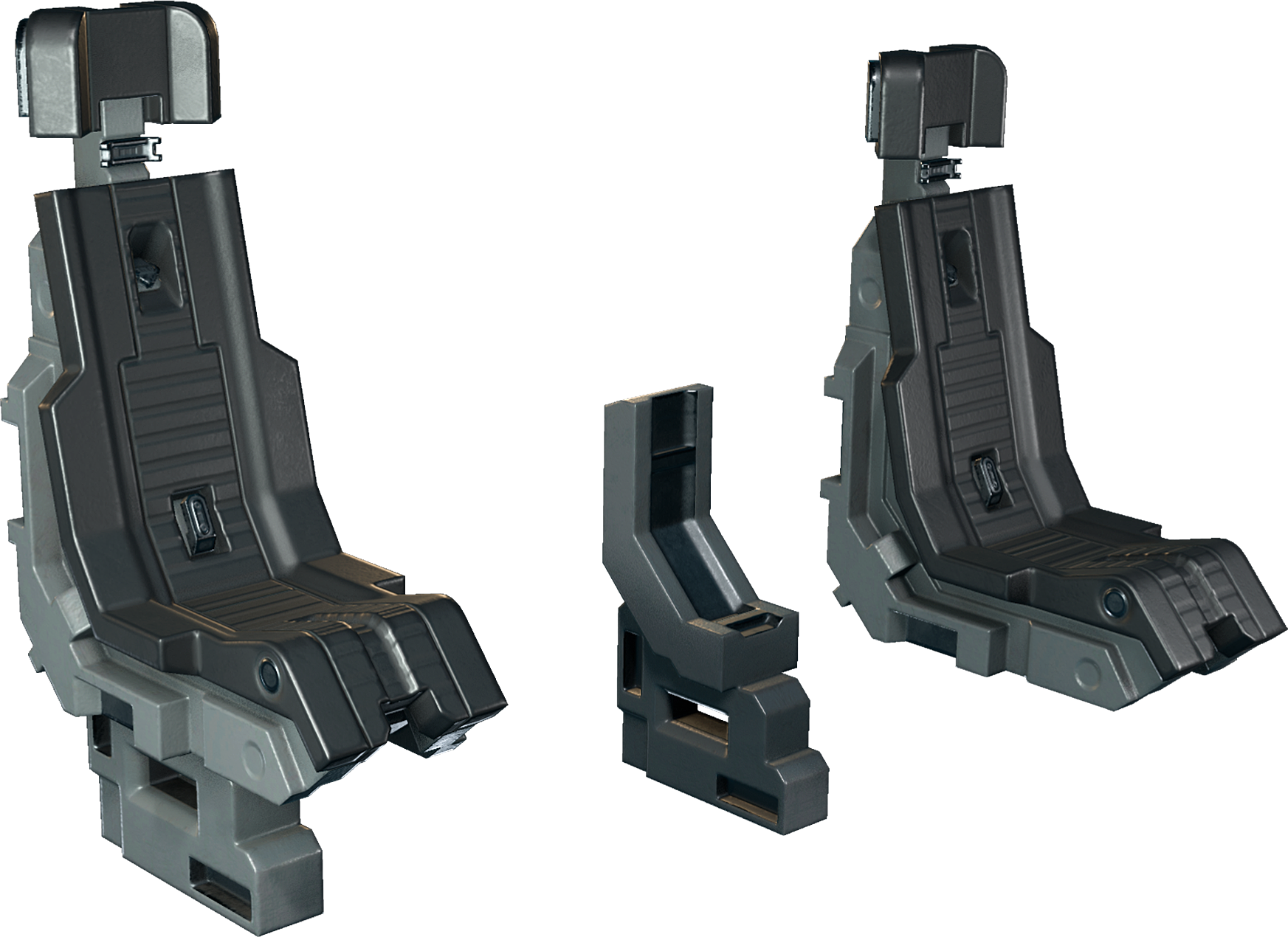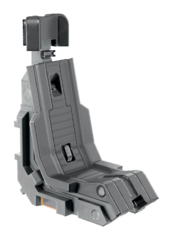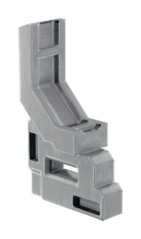Difference between revisions of "Passenger chair"
Jump to navigation
Jump to search
m |
m |
||
| Line 15: | Line 15: | ||
|mass=1,494.78 kg (assembled) | |mass=1,494.78 kg (assembled) | ||
|volume=150.23 kv (assembled) | |volume=150.23 kv (assembled) | ||
|corrosionResistance= | |corrosionResistance=300 (lowest) | ||
|primaryMaterial=Bastium | |||
|suppressUnitsKg=1 | |suppressUnitsKg=1 | ||
|suppressUnitsKv=1 | |suppressUnitsKv=1 | ||
| Line 38: | Line 39: | ||
|oninum= | |oninum= | ||
|surtrite= | |surtrite= | ||
|tengium= | |tengium= | ||
|ukonium= | |ukonium= | ||
|valkite= | |valkite= | ||
|vokarium= | |vokarium=25% | ||
|xhalium= | |xhalium= | ||
}} | }} | ||
Revision as of 08:42, 9 July 2021
Passenger chair
Type Control device
Function Furniture
Availability Luxury Items
Size 156×50×90 cm (assembled)
Mass 1,494.78 kg (assembled)
Volume 150.23 kv (assembled)
Corrosion resistance 300 (lowest)
Primary material Bastium
Composition (chair)
Composition (stand)
Unlike pilot chairs, passenger chairs serve only a singular purpose: To provide a place for an endoskeleton to relax after a long day in the belt. Passenger chairs have no key-binding functionality, and no electrical sockets on their stands.
Basic information
Passenger seats can be assembled from two pieces bolted together, though the seat is functional as a single part:
- Seat
- Stand


